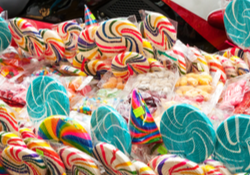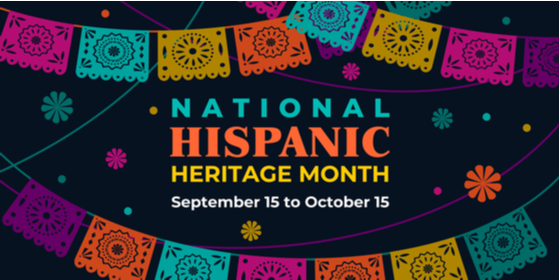
Each year, Americans observe National Hispanic Heritage Month from September 15 to October 15, by celebrating the histories, cultures and contributions of American citizens whose ancestors came from Spain, Mexico, the Caribbean and Central and South America.
The observation started in 1968 as Hispanic Heritage Week under President Lyndon Johnson and was expanded by President Ronald Reagan in 1988 to cover a 30-day period starting on September 15 and ending on October 15. It was enacted into law on August 17, 1988, on the approval of Public Law 100-402.
The day of September 15 is significant because it is the anniversary of independence for Latin American countries Costa Rica, El Salvador, Guatemala, Honduras and Nicaragua. In addition, Mexico and Chile celebrate their independence days on September 16 and September 18, respectively. Also, Indigenous Peoples’ Day (October 11) falls within this 30 day period.
Below is a compilation of on-line articles that highlight interesting facts about Independence Day festivities in the countries mentioned above, courtesy of the Cultural Competency Unit:
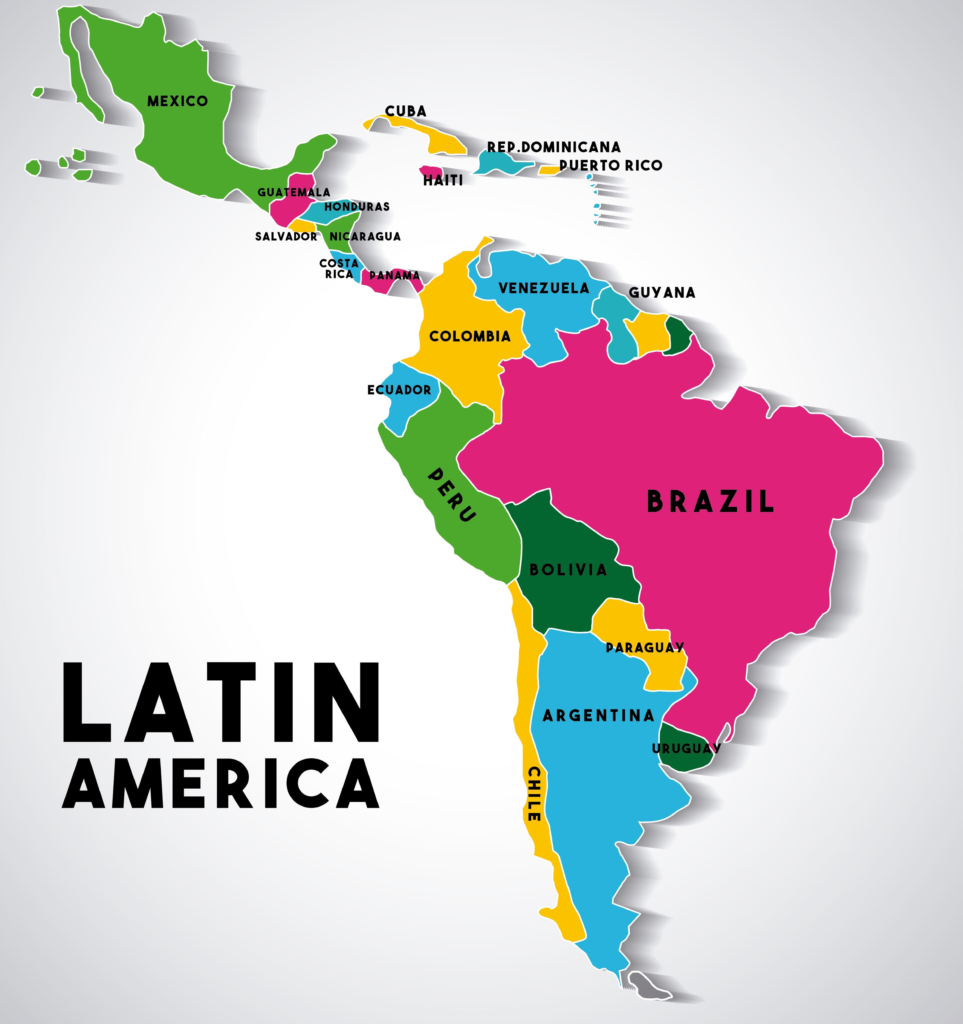
Mexico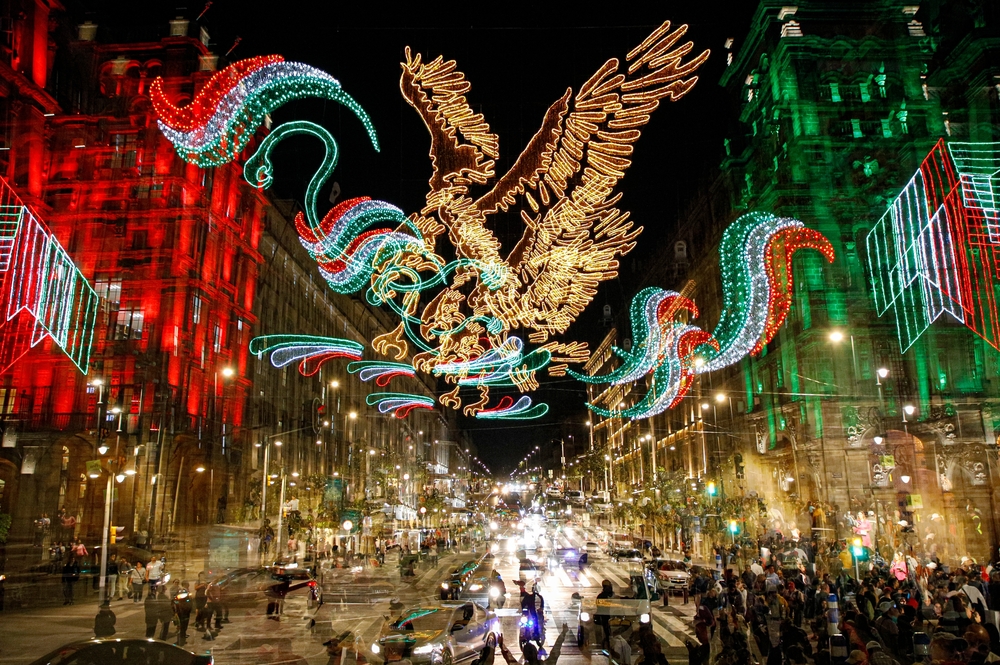
Mexican Independence Day celebrates the beginning of Mexico’s fight for sovereignty.
A pivotal tradition of the holiday is honoring “El Grito de Dolores.” Known colloquially as “El Grito,” it’s the famous battle cry from September 15, 1810 uttered by Miguel Hidalgo that kicked off the War for Independence. Hidalgo, who resided in the city of Dolores famously took up the banner of the Virgin of Guadalupe, Mexico’s patron saint, inspiring many to follow him and begin the fight for independence in earnest.
Though Hidalgo’s attempt at a revolution was unsuccessful, it inspired another priest, José María Morelos, to create a more cohesive, prepared fighting force with the same goal. With the help of Agustín de Iturbide, a Mexican military leader who defected from Spain, the freedom fighters took Mexico City in February 1821 and declared national independence
The holiday’s traditions include fireworks and folk dancing.
Independence Day in Mexico is celebrated with huge street parties, parades, and everything from fireworks to rodeos to brass band and mariachi performances and traditional folk dancing in the streets (bailes folclóricos). In Mexico City, there’s a military march that proceeds to the memorial of Hidalgo.
On the evening of September 15, the Mexican president recreates “El Grito” in front of a crowd of hundreds of thousands from the balcony of the National Palace. After each line, the audience chimes in with a spirited “Viva!” culminating in the president ringing a bell as another tribute to Hidalgo.
Signature dishes are essential parts of the celebration.
Foods that are traditionally made for Mexican Independence Day include pozole, menudo, birria de borrego (spiced lamb) …
There are plenty of ways to celebrate Mexican Independence Day outside of Mexico.
Independence Day is widely celebrated beyond Mexico’s borders, with parades and festivals taking place in heavily Mexican cities like Los Angeles, Houston, Chicago, and New York.
El Salvador

September 15, 2021 marked the 200th anniversary of independence for El Salvador from Spain in 1821. It is common to see posters, billboards and Independence Day decorations around town. School-aged children enjoy civic lessons based on history. Parents revisit their own childhood experiences as they assist their children in the production of scrapbooks, essays, and theatrical role plays that focus on national heroes and their contribution to El Salvador’s independence. Whether small or large, schools take pride in their independence day events. Children also rehearse singing the national anthem and reciting the “Oración a la Bandera”/ Prayer to the Salvadoran Flag.
ORACIÓN A LA BANDERA SALVADOREÑA
Autor: Dr. David Joaquín Guzmán
“Dios te salve, Patria Sagrada,
en tu seno hemos nacido y amado,
eres el aire que respiramos,
la tierra que nos sustenta,
la familia que amamos,
la libertad que nos defiende,
la religión que nos consuela.
Tú tienes nuestros hogares queridos,
fértiles campiñas,
ríos majestuosos,
soberbios volcanes,
apacibles lagos,
cielos de púrpura y oro.
En tus campos ondulan doradas espigas,
en tus talleres vibran los motores,
chisporrotean los yunques,
surgen las bellezas del arte.
Patria,
en tu lengua armoniosa
pedimos a la Providencia que te ampare,
que abra nuestra alma al resplandor del cielo,
grabe en ella dulce afecto al Maestro y a la Escuela
y nos infunda tu santo amor.
Patria,
tu historia,
blasón de héroes y mártires,
reseña virtudes y anhelos;
tú reverencias el Acta que consagró la soberanía nacional
y marcas la senda florida
en que la Justicia y la Libertad nos lleven hacia Dios.
¡Bandera de la Patria,
símbolo sagrado de El Salvador,
te saludan reverentes las nuevas generaciones!
Para ti el sol vivificante de nuestras glorias,
los himnos del patriotismo,
los laureles de los héroes.
Para ti el respeto de los pueblos
y la corona de amor
que hoy ceñimos a tus inmortales sienes.
English translation
Translation Source: Sandra T. Chang, Cultural Competency Unit, Speakers Bureau
God keep you, Sacred Homeland,
in your bosom we were born and loved;
you are the air that we breathe,
the land that sustains us,
the family that we love,
the freedom that defends us,
the religion that comforts us.
You hold our beloved homes,
fertile countryside,
majestic rivers,
magnificent volcanoes,
placid lakes,
skies of purple and gold.
In your fields undulate golden spikes,
in your workshops engines vibrate,
anvils sizzle,
the beauties of art arise.
Homeland,
in your harmonious language
we pray to [Divine] Providence to safeguard you,
to open our soul to the radience of the sky,
to engrave in it a sweet affection for teachers and school
and to infuse in us your holy love.
Homeland,
your history,
coat of arms of heroes and martyrs,
critique of virtues and aspirations;
You reverence the Act that consecrated national sovereignty
and you mark the flowery trail
in which Justice and Freedom lead us toward God.
Flag of the Homeland,
sacred symbol of El Salvador,
new generations greet you reverently!
For you, the life-giving sun of our glories,
the anthems of patriotism,
the laurels of heroes.
For you, the respect of nations
and the crown of love
that today we bind tightly to your immortal temples.
Costa Rica

Costa Rica shares September 15 as Independence Day with Guatemala having been deemed a part of the kingdom of Guatemala at the time of the Independence declaration. Though the Costa Ricans did not receive the news until nearly a month later, their independence is celebrated on September 15 with great fun and excitement.
The celebration begins on September 14 with their participation in the annual running of the Antorcha de la Independencia (“running of the torch”) relay. Every year, on the night of 14th September, a symbolic torch of independence arrives from Guatemala to Cartago, the capital of colonial Costa Rica. This is to commemorate the arrival of news of independence via the messenger from Guatemala in 1821. The school children also perform a similar act on 14th September evening. In honor of that torch, they carry paper lanterns that they made in the shapes of houses and other traditional objects. This walk in the evening is called Desfile de Faroles, that is, lantern parade.
On September 15th, there is parade complete with school marching bands and children in colorful traditional dress. The national anthem is broadcast nationwide at 6 o’clock for the entire country to join in singing followed by more parades with participants carrying homemade torches. People of all ages, from small kids to senior citizens, come together to participate. They walk to the rhythm of the music played on their traditional musical instruments. Many people gather on the streets to watch this celebration of Costa Rica Independence Day. The day is filled with joyous celebration for Costa Ricans and visitors including music, dancing, and delectable dishes like “arroz con pollo”, “tamales”, and “tres leches” cakes. People wear traditional costumes and eat traditional food, and share happy times with their family and friends. It is the day for people to flaunt red, blue and white, the colors of the Costa Rican flag.
Guatemala

After nearly 300 years of Spanish rule, the citizens of Guatemala pronounced their independence from the Kingdom of Spain on September 15, 1821. Not to be discouraged by two previous failed attempts put down by Captain General José de Bustamante, Guatemala gained independence with little bloodshed. Today, Guatemalans prepare for their Independence Day celebrations well in advance of the September 15 as decorations appear, students practice the national anthem, and the Guatemalan Army prepares for parades and air shows.
When the day finally arrives, the anticipation spills into the streets – complete with traditional dancing, colorful costumes, spicy tamales, parades, and fireworks. Citizens and visitors alike revel in the infectious festivities and lively entertainment. In celebrating independence, Guatemala is joined by other Central American countries including Costa Rica, El Salvador, Honduras, and Nicaragua on September 15 with the annual Antorcha de la Independencia (“running of the torch”) relay from Guatemala City, through towns and villages to Cartago, Costa Rica. The tradition dates to September 14, 1821, when María Dolores Bedoya ran through the Guatemalan streets carrying her lantern as a symbol of hope for the liberated nations.
The Guatemalan flag features two horizontal blue stripes on the outer edges. These stripes are meant to represent that the nation is locked between the Pacific Ocean and the Atlantic Ocean. The color of the stripes also represents the sky over the nation. The middle stripe represents peace and purity.
Nicaragua
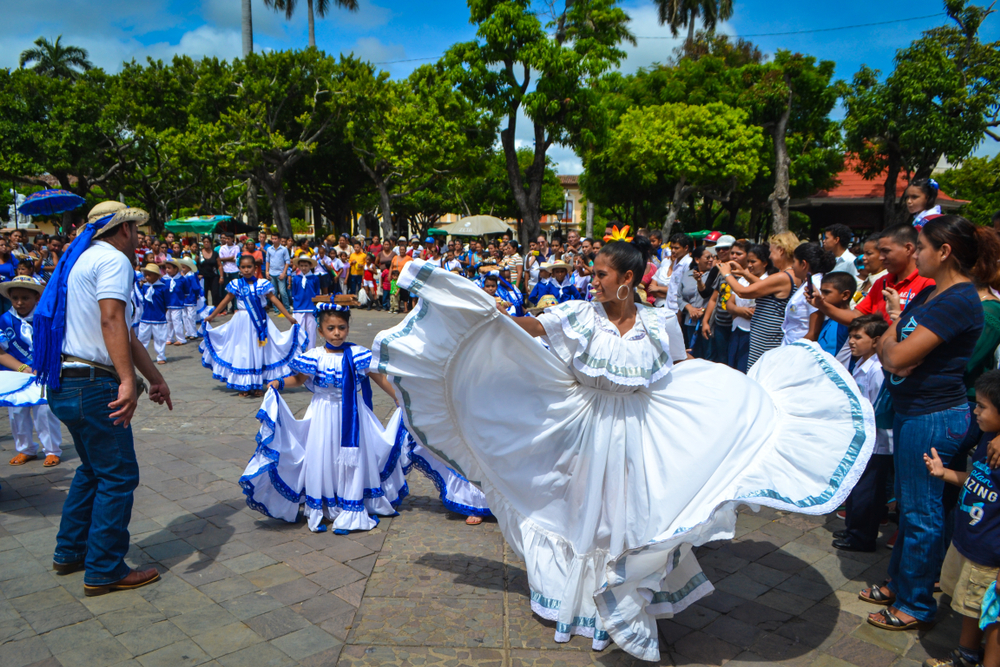
September is celebrated as a patrimonial month, and throughout whole Nicaragua people hang out the blue and white flags at their houses. The commemorative activities start at schools and institutions the first of the month. Below follows a chronological overview of the activities.
September 1 – start of the Central American Patrimonial Festivities, initiated by an act of inauguration. Place and exact date vary every year (generally September 1, though). Besides officials from the Nicaraguan government, ambassadors from the Central American sister republics also participate, as well as hundreds of students from the capital. Schools participate with their marching bands.
September 11 – every year, during the patrimonial month, a burning torch travels through Central America, from Guatemala to Costa Rica, transported by feet and going from hand to hand in every one of the countries. The torch reaches “Las Manos”, the Nicaraguan border with Honduras, on September 11, and is exchanged between the ministers of Education from Honduras and Nicaragua (in the morning). The torch then starts to travel the country over the Pan American Highway, and it goes from hand to hand by the best students from the schools of each municipality and other outstanding individuals who will each run with the torch for no more than 100 meters. The total run is 387 kilometers and it involves more than 8 thousand students.
September 12 – this day, at 9 AM, the torch is received, generally at the National Cultural Palace, by the President of the republic or by the Minister of Education accompanied by other government officials. Folkloric events take place in the morning as well.
September 13 – at the southern border ‘Peñas Blancas’ the torch changes hands between the Nicaraguan and Costa Rican Ministers of Education. This day, at 6 PM, the national flag will be hung out in all educational centers and principal institutions. Furthermore, the national anthem is broadcasted in the media and performed throughout the country.
September 14 – at 6 AM the flag is once more hung out commemorating the anniversary of the independence of Central America and the battle at San Jacinto. This day the central act takes place, starting in the morning and led generally by the President of the Republic. Several years ago, the act took place at the National Stadium, but this limited the number of spectators. In the past years the event therefore took place around the Masaya Highway or in the old center of Managua. During this event, the Presidential Medallion is awarded to the best students and teachers from the country. Furthermore, a parade is formed by 100 schools from the capital (approximately 15,000 students) with the marching bands as well as bands from the National Army and the Police.
September 15 – the Act of Independence of Central America is read in all state schools throughout Nicaragua, in an act of commemoration. This final event ends the series of activities related to the battle at Hacienda San Jacinto and the Nicaraguan independence. Part of the celebrations consisted in the past years also of the ‘Festival Nacional de Bandas Rítmicas’, generally celebrated during the first days of September. These activities now take place on different dates throughout the year, during other months than September. These bands are groups that combine music and choreographic rhythms, composed of students from schools from throughout Nicaragua. Every group represents its school and is selected during departmental contests. The groups compete in front of a juror who will choose the best musical group of the country. The finale of the festival takes place at the National Stadium in Managua, and is open to the public.
In case you are wondering, Panama’s independence festivals are celebrated in November, from the 3rd to the 10th.
Chile

What is “Fiestas Patrias”/ Patriotic Festivities to Chile?
Fiestas Patrias – otherwise known as “dieciocho” – is the celebration of Chile’s independence from Spain in 1810, and the 18th and 19th of September – which commemorate the first day that the Chilean government gathered to declare independence from Spain, as well as the Day of the Glories of the Army – are the best holidays in the whole country, eagerly awaited year round. Imagine if Christmas, your birthday, and the fervent pride of your country’s independence day were all rolled into one giddy, ecstatic party: THAT is the level of Fiestas Patrias in Chile.
Although the official holidays are Sept. 18th and 19th, most schools and businesses offer extended vacation days so the country can relax and enjoy the fun, and many people take the whole week off work to travel, be with family, and have a grand old time. As the whole country celebrates, there is an overload of food, music, dance, art, and joy, making it arguably the best time to come and experience the true character and flavors of Chile.
- Authentic and delicious food – Chileans go all out when it comes to the food and drink for their independence day celebrations, and everything is delicious and wholly Chilean. …enjoy empanadas de pino, sopaipillas, as sopaipillas pasadas… Chileans love a good barbecue so for Fiestas Patrias you can find everything from standard cuts of chicken, beef, and pork, to anticuchos (meat skewers) and choripan (chorizo sandwiches).
- The best party drinks – For wine, try melon con vino, which is chilled white wine and powdered sugar served in a hollowed out melon, or pipeno, a super-sweet wine that is used in terremotos, an insidious drink made with pipeno wine, Fernet, and ice cream… Yet another popular drink is chicha, a liqueur-type aperitif that’s very sweet and is distilled from grapes or apples.
- Wonderful music and dance – The Fiestas Patrias parties is the best place to get your groove on! Bands play traditional Chilean music and songs, dancers wear traditional garb like large-skirted dresses and huaso (cowboy gear), and it’s one of the best times of the year to see Chileans dancing their national dance, the cueca.
- Party at different venues to see how the country celebrates – You can celebrate Fiestas Patrias at the home of any Chilean or in restaurants, but the best place to get the true ‘dieciocho’ experience is at a fonda.
- Experience the sense of national pride and comradery – The celebration of the start of their fight for independence is something unites the whole country of Chile, and it’s wonderful to watch the whole country getting excited and celebrating together. From the beginning of September, flags start flying and people start gearing up for the big day, and being a part of all that excitement and joy, like the whole country is having one big giant party is a feeling that’s hard to find anywhere else.


